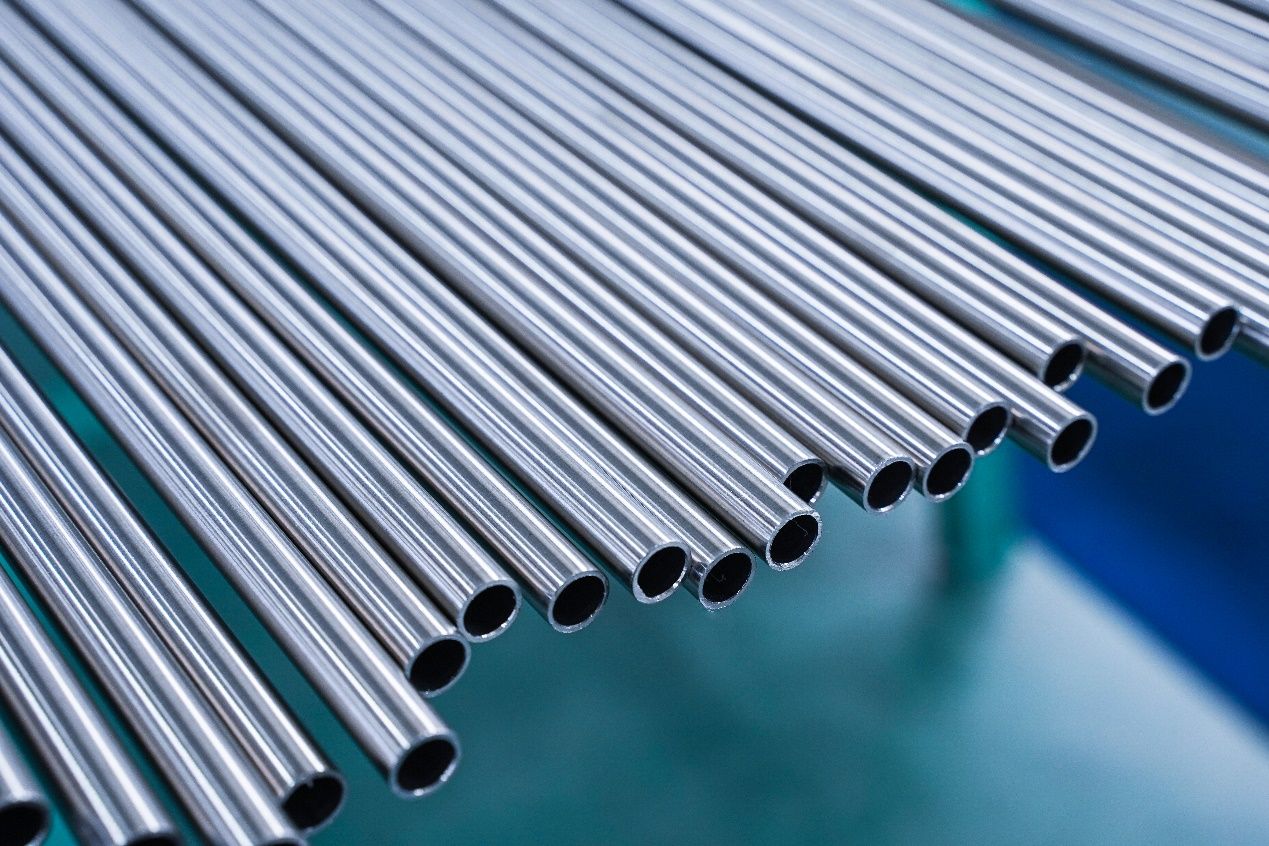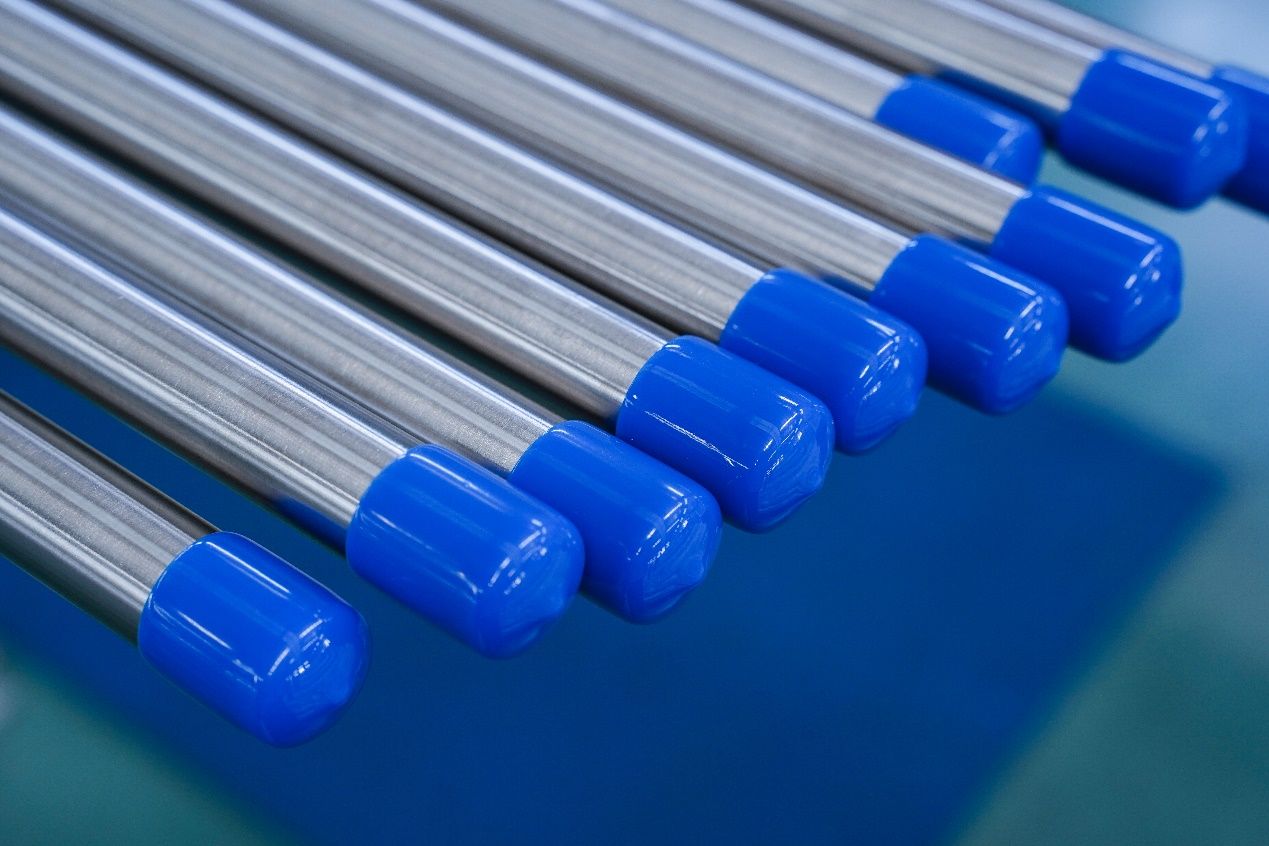The processing and forming technology of high-performance stainless steel precision pipes is different from traditional seamless pipes. Traditional seamless pipe blanks are generally produced by two-roll cross-rolling hot perforation, and the forming process of pipes generally adopts drawing forming process. Stainless steel precision tubes are generally used in precision instruments or medical devices. Not only are the prices relatively high, but they are also usually used in key equipment and instruments. Therefore, the requirements for the material, precision and surface finish of precision stainless steel tubes are very high.

The tube blanks of high-performance difficult-to-form materials are generally produced by hot extrusion, and the forming of tubes is generally processed by cold rolling. These processes are characterized by high precision, large plastic deformation, and good pipe structure properties, so they are applied.
Usually civilian precision stainless steel pipes are 301 stainless steel, 304 stainless steel, 316 stainless steel, 316L stainless steel, 310S stainless steel. Generally, more than NI8 materials are produced, that is, materials above 304, and stainless steel precision tubes with low materials are not produced.
It is customary to call 201 and 202 stainless iron, because it is magnetic and has attraction to magnets. 301 is also non-magnetic, but it is magnetic after cold working and has attraction to magnets. 304, 316 are non-magnetic, have no attraction to magnets, and do not stick to magnets. The main reason for whether it is magnetic or not is that the stainless steel material contains chromium, nickel and other elements in different proportions and metallographic structures. Combining the above characteristics, it is also a feasible method to use magnets to judge the quality of stainless steel, but this method is not scientific, because in the production process of stainless steel, there are cold drawing, hot drawing, and better after-treatment, so the magnetism is less or no. If it is not good, the magnetism will be larger, which cannot reflect the purity of stainless steel. Users can also judge from the packaging and appearance of precision stainless steel tubes: roughness, uniform thickness, and whether there are stains on the surface.

Subsequent rolling and drawing processes of pipe processing are also very important. For example, the removal of lubricants and surface oxides in extrusion is not ideal, which will seriously affect the precision and surface quality of stainless steel precision pipes.
Post time: Jul-17-2023

